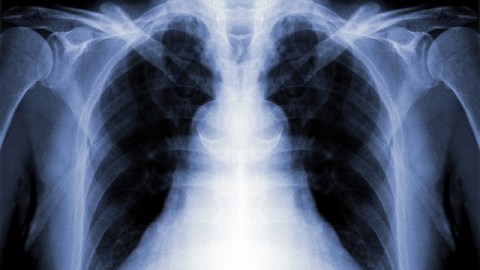A Smartphone Breath Sensor That Quickly Detects Serious Disease

What’s the Latest Development?
Scientists at the Korea Advanced Institute of Science and Technology (KAIST) have come up with a quick and efficient way to diagnose serious disease through the use of a highly-sensitive exhaled breath sensor. Made of tin dioxide nanofibers coated with catalytic platinum nanoparticles, the sensor can detect the presence of acetone (a diabetes signal) or toluene (a lung cancer signal) even at concentrations of less than 100 parts per billion. It can also be mounted on a smartphone, which makes it ideal in situations where portable gas sensors would be too cumbersome and complex to use. The scientists’ research is documented in a paper published in the May 20 issue of Advanced Functional Materials.
What’s the Big Idea?
Breath analysis is gaining more attention in the medical community because it’s faster, less invasive, and more environmentally friendly than other testing methods. The challenge for scientists involves speed and accuracy as well as portability, all of which the KAIST sensor helps satisfy. The team is now working on developing other sensors using a range of different semiconducting metal oxide nanofibers and catalysts.
Photo Credit: Shutterstock.com





